Interview : Hernan Diaz Alonso : Embracing Multiplicity and Disorder in Today’s Architecture and design
"Embracing Multiplicity and Disorder in Today’s Architecture and design"
Hernan Diaz Alonso visited Hong Kong this September to give a lecture under "HKDI inspire* Design Thinking 2019", which is part of a series of master lectures and workshops that aims to promote design thinking as a way to stimulate open questions and the continuous search for creative avenues beyond disciplinary and contextual boundaries. In this interview, Alonso shares his visions about the education and practices of architecture and design, and how design thinking will help to bring innovations in cultures.
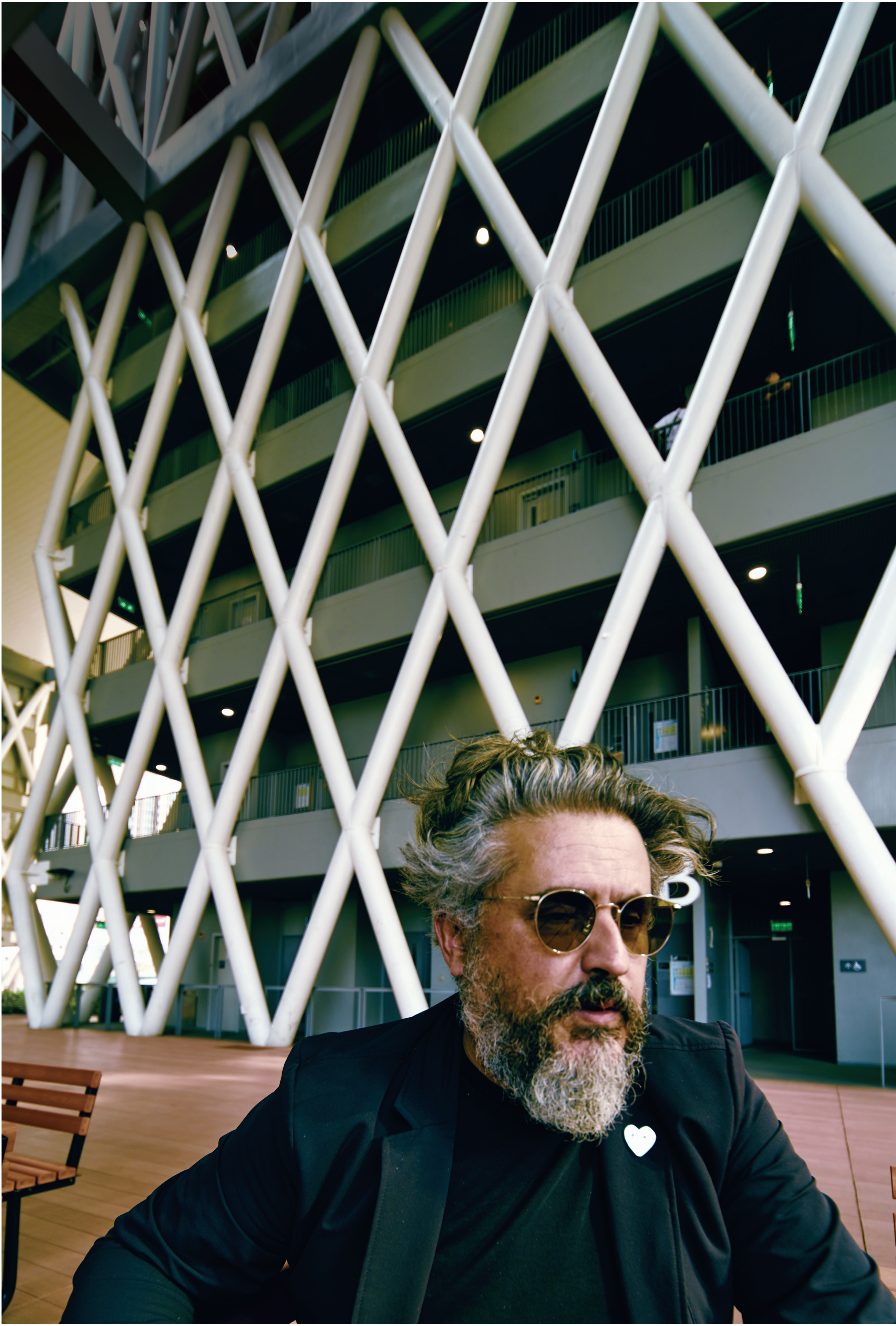
|
Hernan Diaz Alonso is the director and chief executive officer of Southern California Institute of Architecture (SCI- Arc), a renowned avant-garde school of architecture located in Los Angeles, United States. Despite being a leading educator and one who plays a key role in shaping SCI-Arc’s graduate curriculum, Alonso is also an architect. He is the principal of architecture office HDA-x (formerly Xefirotarch) based in Los Angeles, but he certainly sees himself more than that. “I am an architect by training, but I consider myself a designer at large because in our office, we do architecture, fashion, art and product design,” he explains. It is always reassuring to know that the teachers are also practitioners in the fields that they teach. In fact, that is the tradition of SCI-Arc. All faculty members have their own practices and offices, and the school serves to be a place for experiments. Running the school and the architecture office at the same time, Alonso describes the experience to be symbiotic and interactive. “I like to teach with the things that I do not know, the ideas that I have been thinking about, including how my designs may develop at the architecture office.” That will in turn provide directions for the teaching activities. “Architecture and design are a collective endeavour. It is important that we engage in the cultural dialogue,” he shares. When saying he likes to teach with what he does not yet know, Alonso means that when one has an overall view of a design, the question becomes what else one can incorporate into it, and one should keep exploring and pushing the boundaries. “SCI-Arc is a speculative institution. We explore what ‘next’ is, what the new frontiers and limits are,” he emphasises that teachers play a key role in encouraging such evaluation in design. “Sometimes, the problem at schools is that some teachers feel too comfortable. They need to accept criticisms and allow themselves to be more experimental in what they do.” His emphasis of the exploratory spirit in education comes from a simple idea, as he explains, “it is much easier to pull back than to go forward.” Nowadays, success is highly valued. It is needless to say that being experimental often bears the price of failure, but Alonso sees it the other way, “I believe that every design should set up itself to achieve something impossible, for what is possible is already known.” He further illustrates, “pure originality is impossible in design, but that should not stop you from pursuing it. It is like in sports. Even though it is rather impossible to do everything right all the time, that does not stop an athlete from trying.” |
Furthermore, Alonso states that design is not to simply provide what people want, “you should assume that people do not know what they want. It is your job to stimulate their thoughts.” After all, his definition of success is to venture into territories that one has not tried before, learn something along the way and stimulate others. In other words, success comes from trying. “Take a look at the many things that we admire today. People did not think they were feasible. Yet, all the things were made by somebody.” Alonso believes that as one gains more knowledge, one should have the courage to jump into the unknown to achieve something innovative. “Do not be paralysed by the ways of history or the possibility that you may fail,” he advises. While encouraging students to be more open to explore the unknown, Alonso is well aware that the world is changing quickly because of technological advancement. Technology has changed not just our design practices, but every aspect of life, including the way we communicate and travel around the world. In fact, Alonso sees the development of digital technologies as a natural process of civilisation, which is why he has led SCI-Arc’s transition to digital technologies and is widely credited for that. Nonetheless, Alonso does not think that it is worth special mentioning. “Architecture is always connected to the evolution of culture. (In SCI-arc,) we do not talk so much about design in terms of digital technologies. I think they are elements that can be absorbed.” He gives an example, “gothic architecture would not have happened without the gothic culture, which learned ways to cut stone. Now, it happens that technology is pushing the possibilities of design. It is just like we would not have electronic music without the computer.” |
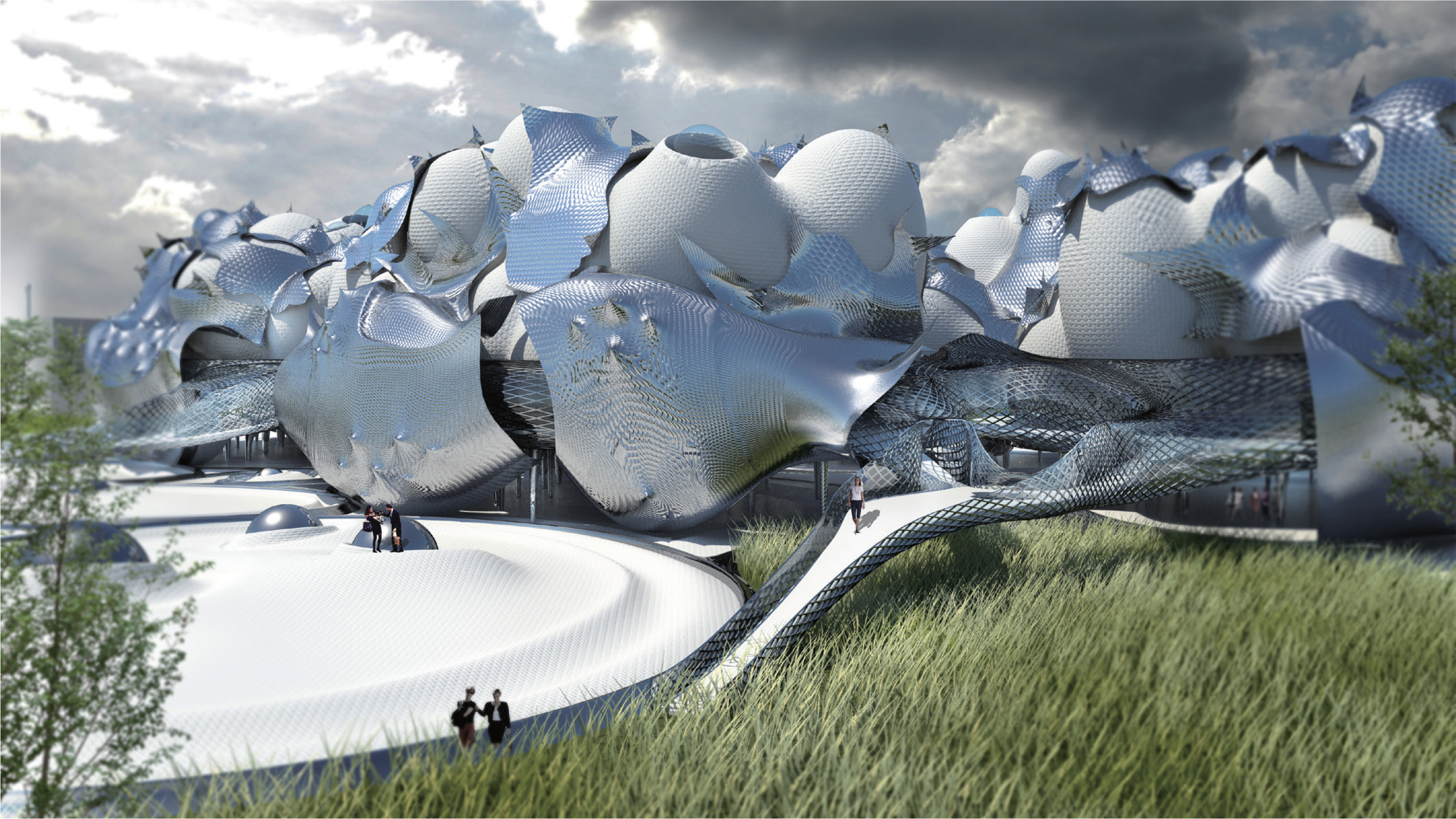
|
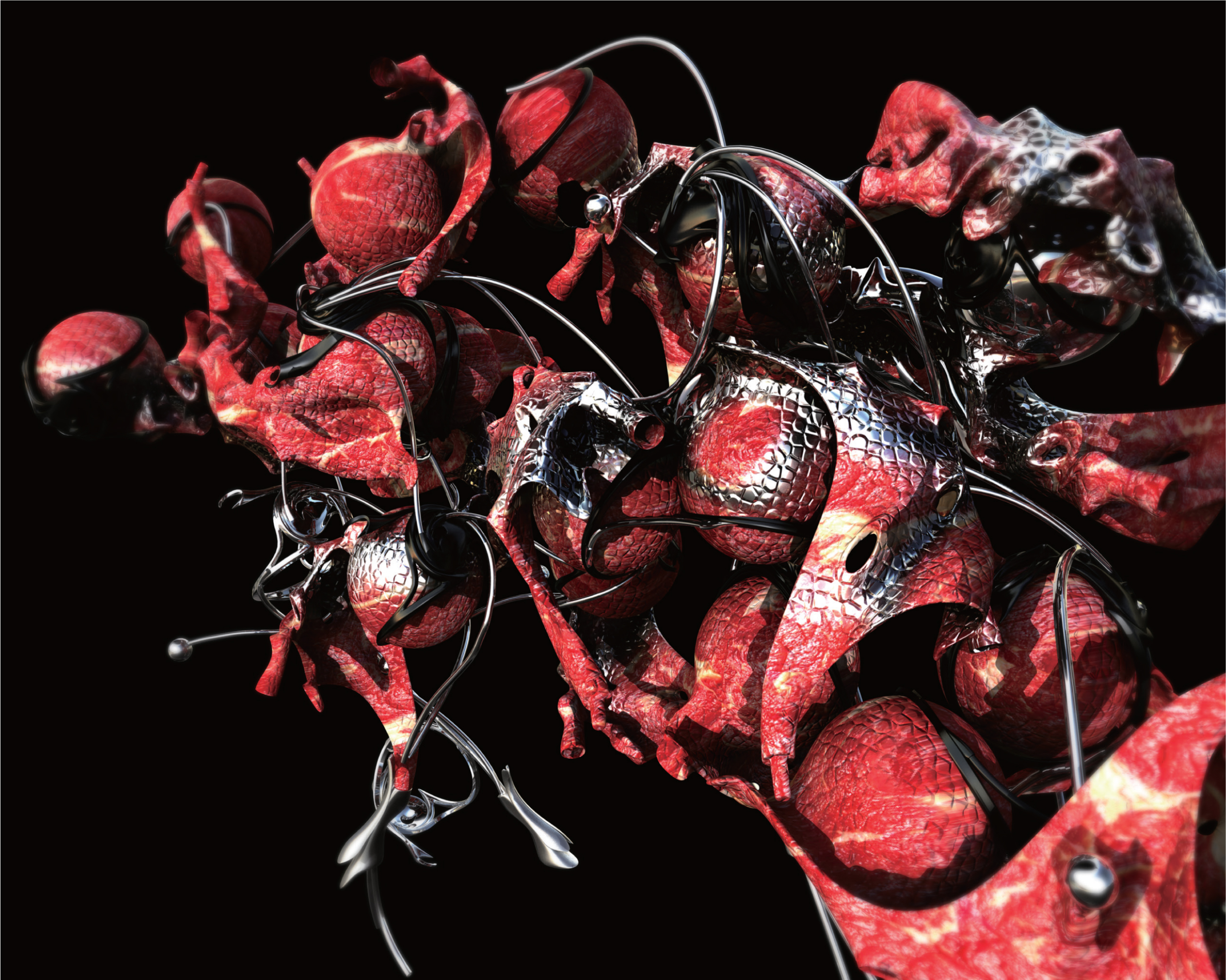
|
However, with technology pushing the boundaries rapidly, the roles of architects and designers in the world are changing as well. Alonso sees it as an opportunity for architects to achieve in broader aspects. “We architects think in a holistic way. There is a joke about architects being generalists,” he believes that nowadays, there are more ways for architects to contribute to society, “in terms of the ways architects think about cities, technologies, transportation, sustainability, ecology, food and fashion,” he points out. That is also why Alonso always encourages students to learn outside the traditional curricula of architecture. “As an architect, you must be like a sponge to absorb anything that is available in the culture. We live in a culture in which the multiplicity of knowledge is emphasised. Everyone should be thinking in multiple dimensions all the time.” His beliefs echo with the title of his master lecture at HKDI, “architecture through the aesthetics of disorder”. “Historically, in the western culture since the Renaissance, there had been the desire to produce perfection, but now computers have perfect mathematical equations for us to work with,” he explains. Thus, while designing, Alonso thinks it is crucial to try allowing the design ideas to be more “contaminated”, “to an extent that the work is much more chaotic, even though there will be more design and order later on.” His concepts of “disorder” seem to correspond to his attitude of embracing interdisciplinary possibilities as stimulations of thoughts. In visiting HKDI this time, Alonso hopes to encourage aspiring designers to be fearless in thinking and actualising their ideas. “Find your own voice and identity. Learn from various things. Learn from your teachers, but do not just accept their ideas. Challenge the ideas all the time,” he believes that a designer should play the role of a provocateur, “find your way to challenge society and your audience, do not try to do what the market wants.” Yet, ultimately, the goal of design is to find joy, as he expresses, “design and architecture are some of the most beautiful contributions you can make to the world. Be grateful for that, but also be like a child. Play, play and play, but play seriously.” "Find your own voice and identity. Learn from various things. Learn from your teachers, but do not just accept their ideas. Challenge the ideas all the time."
|
Others
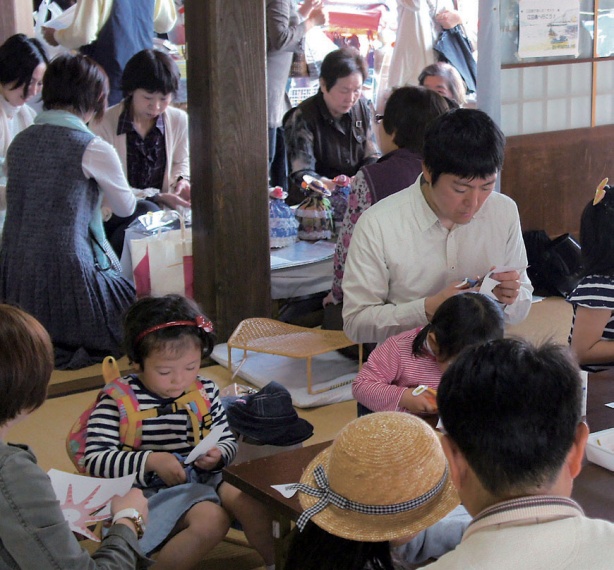
最新動態 | 1 December 2019
The Future is Human-Centred Design
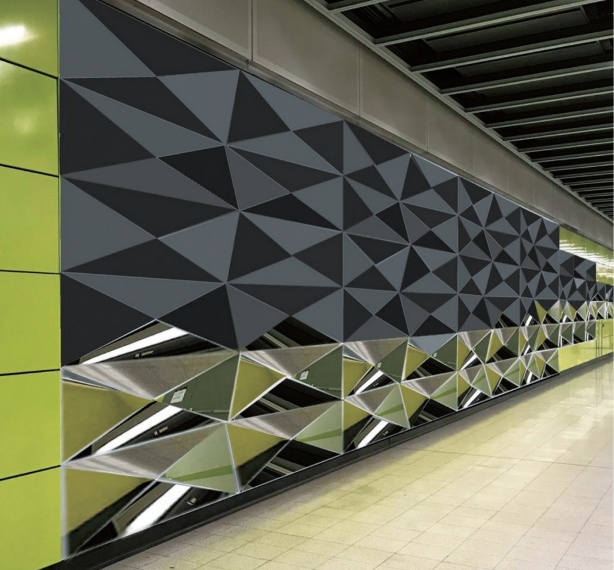
最新動態 | 1 December 2019
HKDI x Art in MTR — “TKL_WE_IMAGINED” Exhibition

最新動態 | 1 December 2019
Students from HKDI and MMU Joined the Global Design Camp
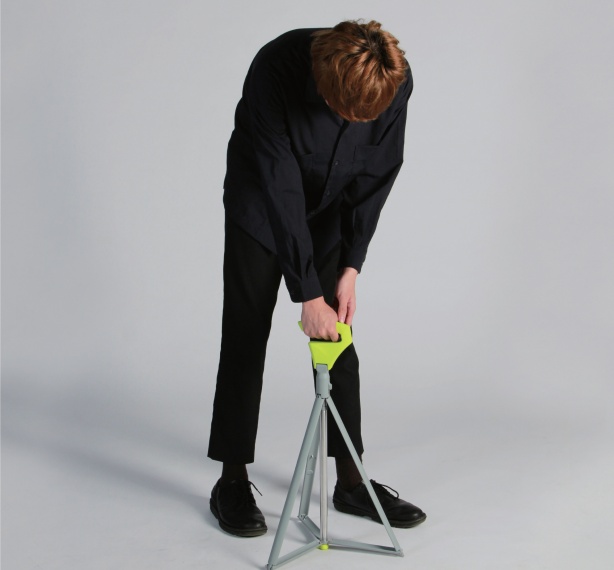
最新動態 | 1 December 2019
DESIGN STUDENTS’ JOURNEY TO THE WORLD

最新動態 | 1 December 2019
CREATING CITIZEN DESIGNERS

最新動態 | 1 December 2019
COMMUNITY DESIGN IN JAPAN
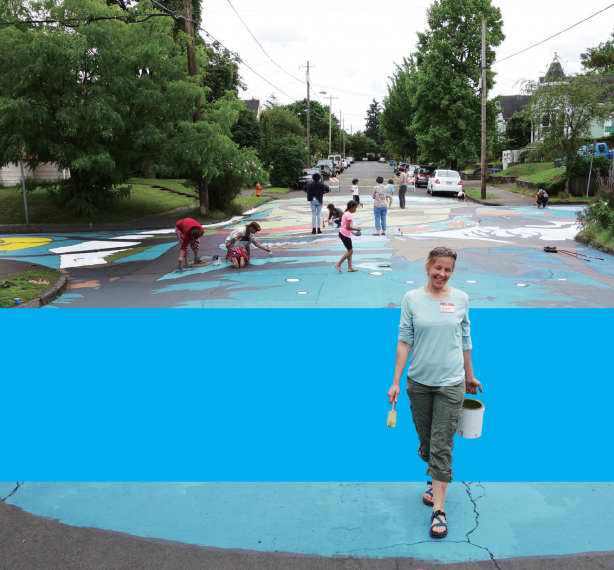
最新動態 | 1 December 2019
CITY REPAIR — DESIGNING NEIGHBOURLY RELATIONS
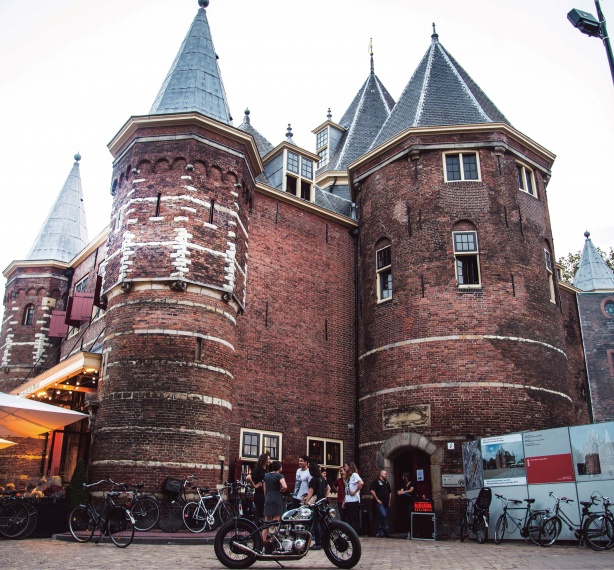
最新動態 | 1 December 2019
SOCIAL DESIGN X TECHNOLOGY — THE WAAG SOCIAL TECHNOLOGY ECOSYSTEM

最新動態 | 1 December 2019
SOCIAL DESIGN — CREATING POSITIVE RELATIONSHIPS

最新動態 | 1 December 2019
HOW DOES DESIGN INFLUENCE THE MODERN WORLD?
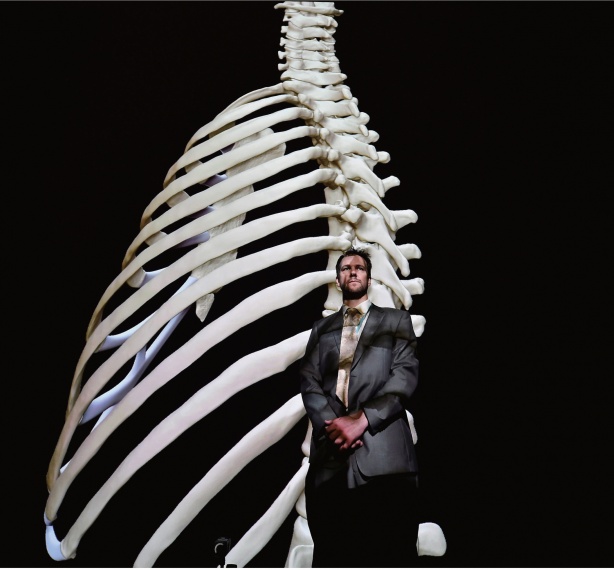
最新動態 | 1 December 2019
Interview: Paul Chapman : Virtual Reality as a Tool to Integrate Sciences, Arts, and Technology
